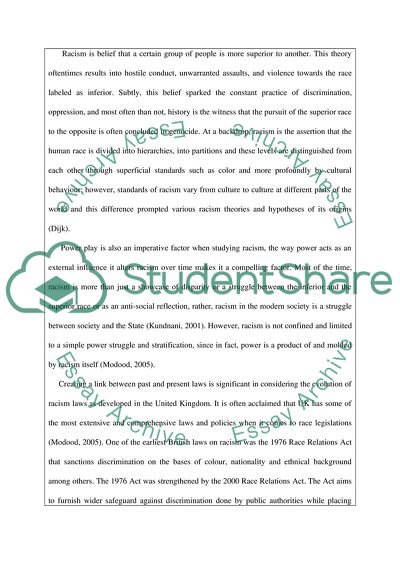Cite this document
(Racism in Britain Research Proposal Example | Topics and Well Written Essays - 3000 words - 4, n.d.)
Racism in Britain Research Proposal Example | Topics and Well Written Essays - 3000 words - 4. Retrieved from https://studentshare.org/sociology/1750004-research-methods
Racism in Britain Research Proposal Example | Topics and Well Written Essays - 3000 words - 4. Retrieved from https://studentshare.org/sociology/1750004-research-methods
(Racism in Britain Research Proposal Example | Topics and Well Written Essays - 3000 Words - 4)
Racism in Britain Research Proposal Example | Topics and Well Written Essays - 3000 Words - 4. https://studentshare.org/sociology/1750004-research-methods.
Racism in Britain Research Proposal Example | Topics and Well Written Essays - 3000 Words - 4. https://studentshare.org/sociology/1750004-research-methods.
“Racism in Britain Research Proposal Example | Topics and Well Written Essays - 3000 Words - 4”, n.d. https://studentshare.org/sociology/1750004-research-methods.


